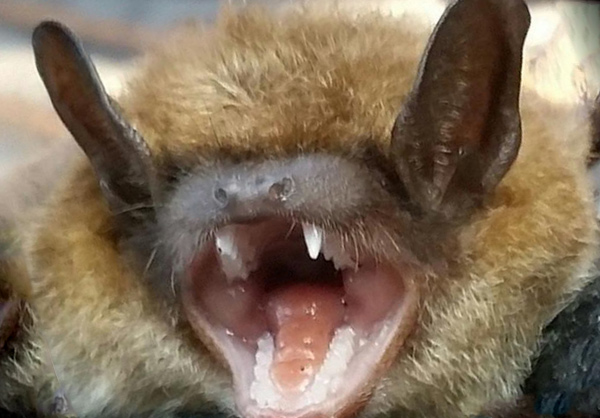- info@wildlifeanimalcontrol.com
Call us for help in your town
Wildlife Control Education
What is White Nose Syndrome?
White Nose Syndrome is considered as an emerging disease that commonly affects bats during their hibernation period. The major characteristic of this disease is that there is usually a fungus growth on the wings and around the muzzle of the bat which results into death. Over the years, the White Nose Syndrome has rapidly spread causing multiple deaths to hibernating bats.

Causes
The White Nose Syndrome is caused by a fungus known as the pseudogymnoascus destructans that colonizes the skin of the bat. The fungus grows in areas that experience very low temperatures.
Infection
It is also evident that the disease can only be spread via physical contact from one infected bat to another which implies that White Nose Syndrome is not an airborne disease. Bat to bat contact is therefore the primary way that the disease can be spread.
Signs of White Nose Syndrome
The most common signs observed in bats with White Nose Syndrome include:
- Loss of fat in the body
- Scars and damages on the wing membranes
- Flying abnormally
- Behavioral aspects that are strictly associated with the winter period
- Temporary hibernation
- Abnormally long arousal periods
- The eastern small footed myotis
- The big brown bat
- The little brown bat
- The gray bat
- The Northern long-eared bat
- The Indiana bat
- The tri-colored bat
- The Eastern red bat
- The big eared bat
- The Virginia’s big eared bat
- The South Eastern bat
- The silver haired bat
Since its emergence, the White Nose Syndrome has killed millions of bats in their hibernation period and this proves that the impact of this disease is highly unprecedented. It is therefore important to ensure that certain measures have been put in place to prevent massive deaths caused by this fungus during bats’ hibernation period.
Prevention
There are several decontamination procedures that can be used to reduce the risk of transmission of the White Nose Syndrome. For the decontamination procedure to be a success, ensure that areas prone to the fungus are cleaned and all the exposed materials are disinfected.
Go back to the How to get rid of bats home page.
Need bat removal in your hometown? We service over 500 USA locations! Click here to hire us in your town and check prices - updated for year 2020.

















